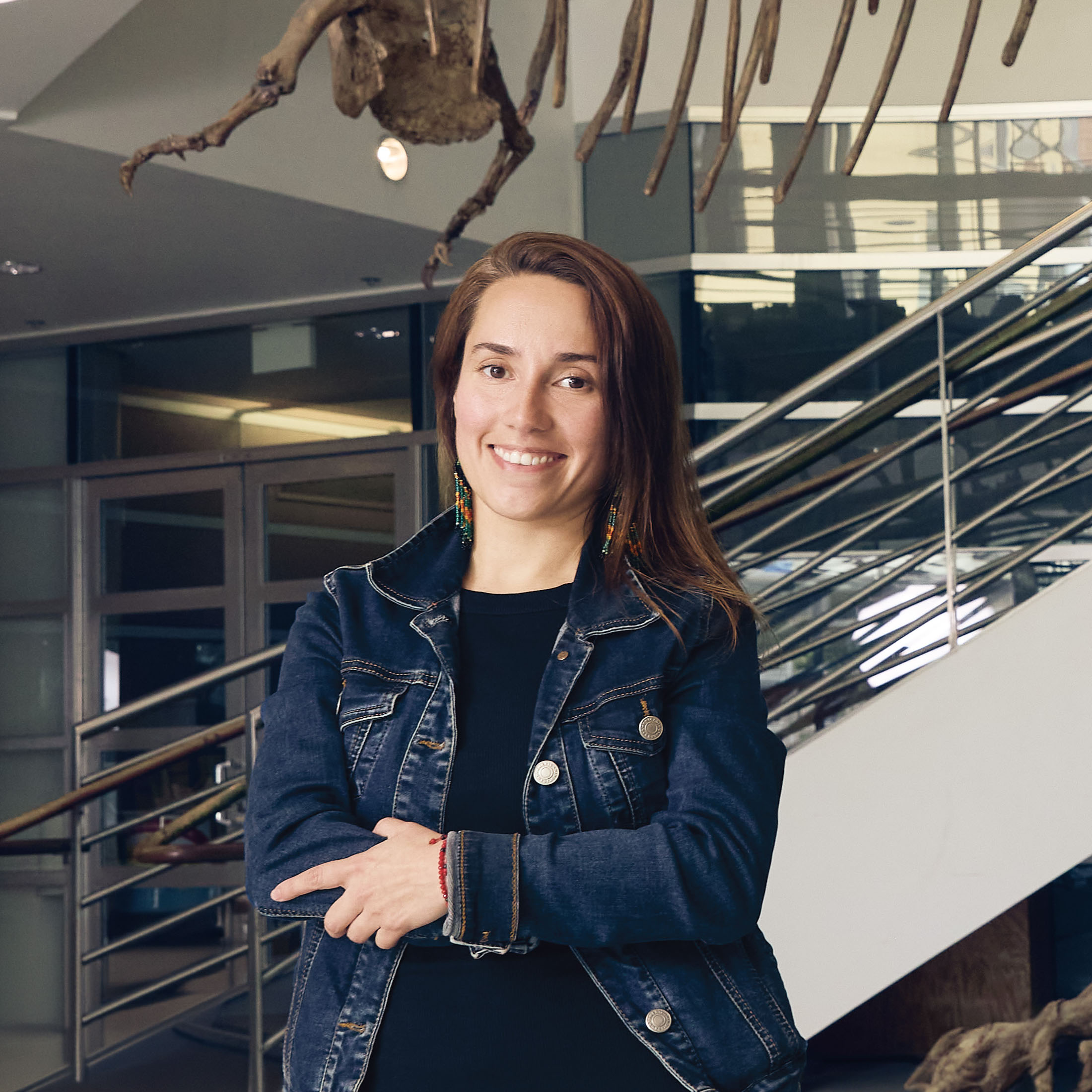M. Fernanda Palominos, Ph.D.

I am a developmental and evolutionary biologist studying how genomes orchestrate divergent craniofacial and sensory morphologies. For that purpose, I developed Cyprinodon pupfishes from San Salvador Island, Bahamas, one of the fastest-evolving vertebrate radiations, as a novel model system for biomedical research. Pupfishes exhibit strikingly different craniofacial morphologies despite minimal genetic differentiation, providing a powerful system to dissect the mechanisms of rapid phenotypic change. My interdisciplinary approach bridges craniofacial development, evolution, morphology, neuroscience, and functional genomics.
I am based at the Museum of Vertebrate Zoology and the Department of Integrative Biology of the University of California, Berkeley. My research is funded by a K99/R00 Pathway To Independence Award from the National Institute of Dental and Craniofacial Research.